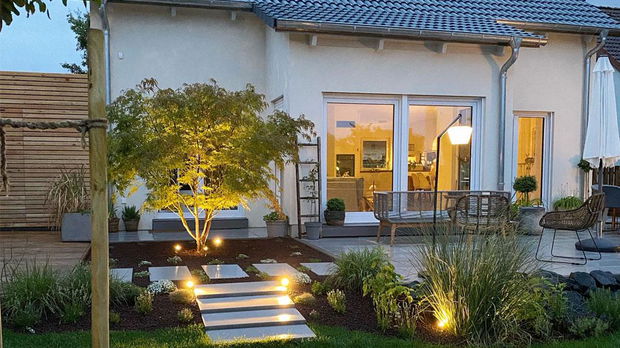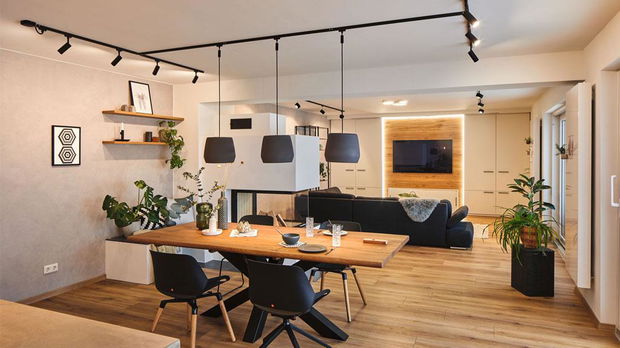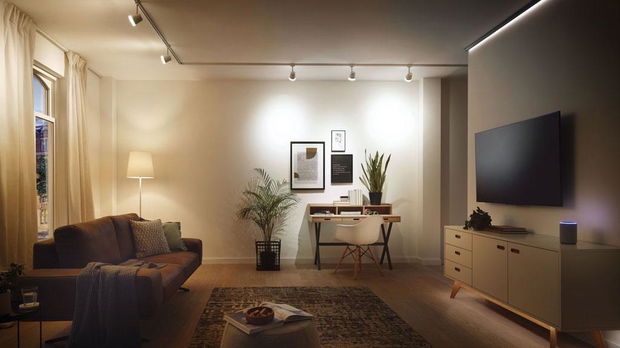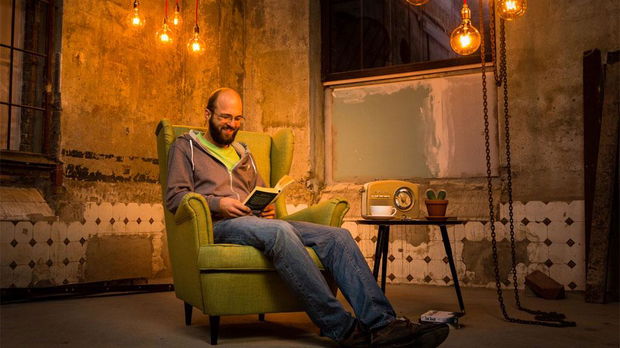- Indoor Lighting
- Outdoor Lighting
- Lamps
- Smart Home
- % Outlet
- Inspiration
- Advice
-
Service
- Support Center (FAQ)
- Paulmann Icons
-
Installation Instructions & Tips
- Paulmann Tip: Digital LED Strip
- Paulmann Tip: YourLED Dim Switch Controller
- Paulmann Tip: MaxLED Dim Switch Controller
- Paulmann Tip: MaxLED Flow
- Paulmann Tip: Outdoor Lighting
-
Tipp Corner Profil
- Paulmann Tip: Delta Profile
- Paulmann Tip: Duo Profile
- Paulmann Tip: FlexLED 3D
- Paulmann Tip: Recessed Spotlights
- Paulmann Tip: Recessed Spotlights in Panels
- Paulmann Tip: Wire systems
- Paulmann Tip: URail
- Paulmann Tip: TV Lighting
- Paulmann Tip: YourLED Colour Change
- Paulmann Tip: YourLED length table
- Paulmann Tip: Paulmann Home Zigbee
- Paulmann Tip: Shining Case
- Tipp LumiTiles LED-Fliesen Square
- Tipp LumiTiles Frame-Profil
- Tipp LumiTiles Top-Profil
- Downloads
- Disposal Information
- Product Information
- Retail Section
- Paulmann
Corner profile LED light bar with LED strips – easy installation
Corner Profile Manual
Brighten your walls with the Corner light profile
In combination with LED strips, the Corner profile for the ceiling illuminates walls indirectly. The indirect light from LED strips inside the profiles is diffuse, glare-free, casts almost no shadow and is distributed evenly in the room.
The ceiling profile is made of plastic in a traditional groove shape that fits well with modern, as well as more traditional interior styles. You can paint it the same colour as your ceiling and even paper over it without a problem – it basically is like a plaster moulding that can be retrofitted for beautiful light effects anywhere! he right accessories let you route the profile around corners to create individual room sections.
You can combine the Corner profile with the popular YourLED or MaxLED strips by simply sticking them into the profile.
Corner Profile - Installation
Preparation:
- Read the installation instructions.
- We recommend cleaning the profile with a household glass cleaner before painting or papering over it. Paint or wallpaper paste will adhere better on a clean profile. Make sure to use a wallpaper paste that will bond well with plastic (extra-strong type).
- Choose a construction adhesive to match the substrate. The ceiling side of the profile is ribbed to ensure optimised adhesion for the construction adhesive. The substrate must be dry and dust-free. Read the instructions for the construction adhesive before use.
- You may want to use a filler on an uneven ceiling first: Make sure to choose a type that will bond well with the substrate and the plastic of the profile. The profile can be sanded.
- Leave the diffuser in place while mounting the profile. Otherwise, the profile might warp and make it difficult to insert the diffuser later.
Installation sequence/steps according to the instructions
- Start the routing of the profile in one corner of the room.
- Cut the profiles to the required length with the diffuser in place.
- Mark the position for the power supply infeed from the transformer to the strip and provisionally route and attach the cables. The infeed can be positioned on a corner or any other position on the profile; add an extension line downstream of the transformer if needed.
- Apply the corners and profile sections with adhesive, one by one. Additionally secure the profiles with screws/dowels on very uneven substrate. Leave the diffuser in place during installation!
- Insert the connecting pins between the profiles to ensure uniform connection.
- Use a solvent-free filler for uneven surfaces and sand down as required.
- The diffuser can be removed once the adhesive has cured
- Apply the strips to the appropriate area and connect them to the supply cable you prepared earlier. DYou can use the area behind the adhesive to route additional cables.
- The strips can be curved around corners from one mounting area to the next. There is no need for any special corner segments.
- Replace the diffuser.
- Clean the profile with glass cleaner to remove any dust or grease residue before painting.
Additional work steps
- We recommend using a paint roller. Brushes tend to leave stria in the paint coat. Use standard emulsion/wall paint on the profiles. Avoid using paints with solvent content, as it could damage the plastic. and should be avoided.
- Two coats of paint are recommended for good opacity.
- Alternatively, you can also paper over the profile. Allow for some extra paper, which can then be cut along the edge of the profile.
- Once the paint or wallpaper has dried, you can then peel off the protective foil over the diffuser. Leaving it on until then will save you cleaning paint drops or glue residue.













